No experiments this week ~ just fun in the great outdoors. Rick and I took the kids to a nearby park/river and we spent time exploring the things around us.
The first thing that we saw was a water bug ~ a great opportunity to talk about what we remember about our surface tension experiment.
We found an inchworm crawling on Daddy’s shirt and had fun watching it crawl around on our fingers.
Laurianna and I saw this flower in the middle of the river…growing on a rock. A great time to talk about deep and shallow roots…
There were SO many different butterflies clustered in one area on the bank. We have yet to look up and see exactly what these two are.
During a walk around the park we found a decaying tree stump with both moss and lichen growing on it.
The stump was a great example of decay and we had fun peeling back parts of the stump, squeezing parts of it between our fingers to see how squishy it was {compared to typical wood} and looking at all of the bugs crawling around inside and around the stump.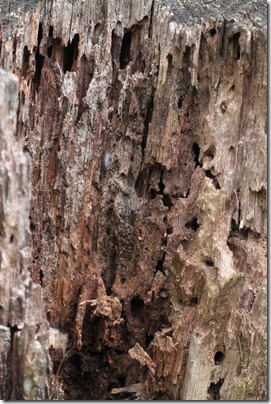
It was a lazy afternoon…but so much fun and lots of learning too. :) Gotta love that! Don’t forget to check out some other great science ideas at Science Sunday hosted by Ticia at Adventures in Mommydom.





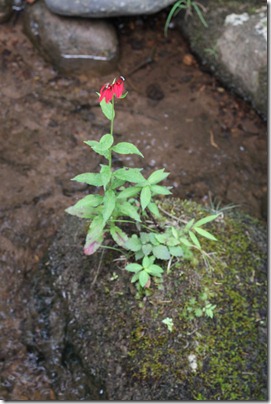

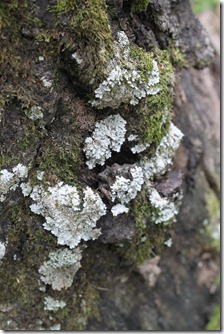
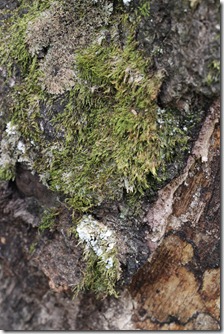


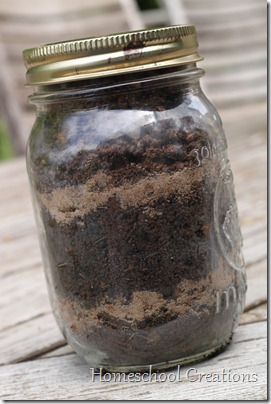

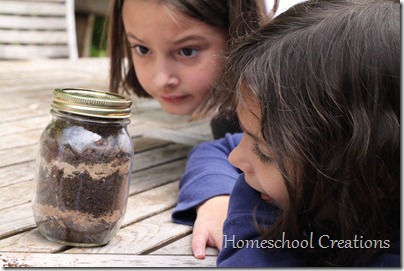
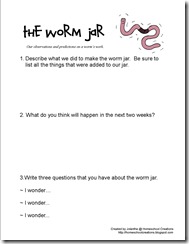
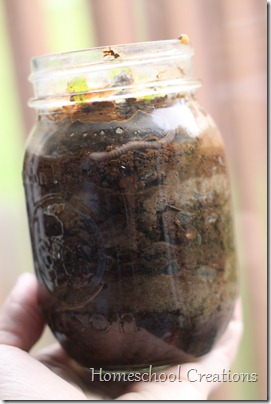
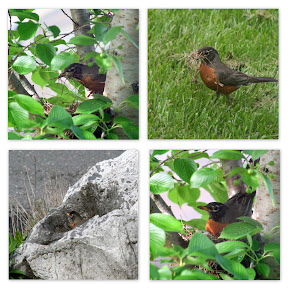
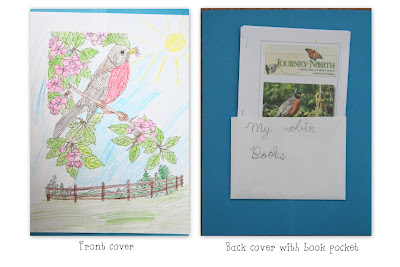
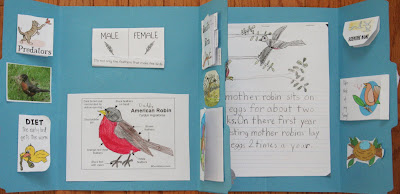
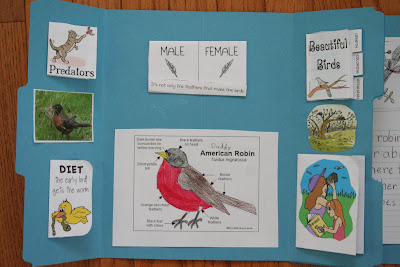


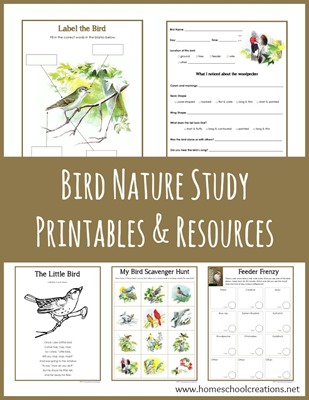

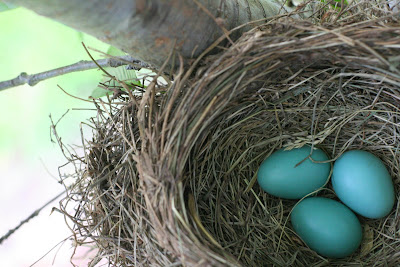


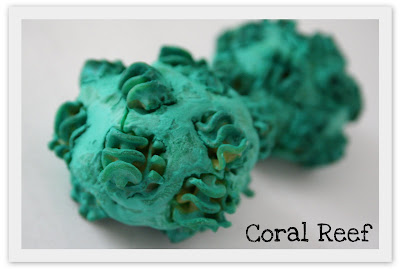







 The printables shared on this site are FREE of charge unless otherwise noted, and you are welcome to download them for your personal and/or classroom use only. However, free or purchased printables are NOT to be reproduced, hosted, sold, shared, or stored on any other website or electronic retrieval system (such as Scribd or Google docs). My printables are copyright protected and I appreciate your help in keeping them that way.
If you download and use some of my printables and then blog about them, please provide a link back to my blog and let me know - I'd love to see how you are using them! Please be sure to link to the blog post or web page and not directly to the file itself. Thank you!
The printables shared on this site are FREE of charge unless otherwise noted, and you are welcome to download them for your personal and/or classroom use only. However, free or purchased printables are NOT to be reproduced, hosted, sold, shared, or stored on any other website or electronic retrieval system (such as Scribd or Google docs). My printables are copyright protected and I appreciate your help in keeping them that way.
If you download and use some of my printables and then blog about them, please provide a link back to my blog and let me know - I'd love to see how you are using them! Please be sure to link to the blog post or web page and not directly to the file itself. Thank you!